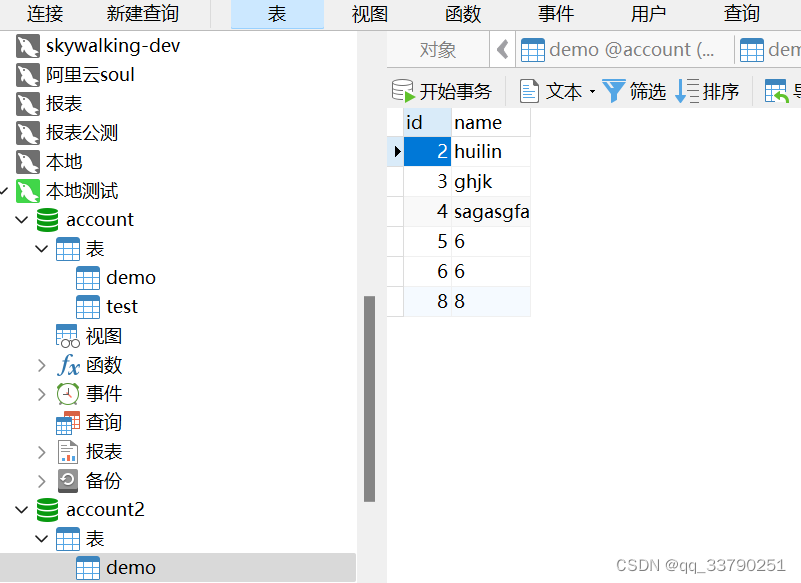go-resiliency源码解析之-timeout
1.go-resiliency简介
今天看到项目里用到了go-resiliency这个库,库整体比较简单,代码量不大。主要实现go中几种常见的模式:
后面分析下这几种模式的实现
- circuit-breaker 熔断器
- semaphore 信号量
- timeout 函数超时
- batching 批处理
- retriable 可重复
2.timeout模式
先看看模式的test用例
import ("errors""testing""time"
)func takesFiveSecond(stopper <-chan struct{}) error {time.Sleep(5 * time.Second)return nil
}func takesTwentySecond(stopper <-chan struct{}) error {time.Sleep(20 * time.Second)return nil
}func TestDeadline(t *testing.T) {dl := New(10 * time.Second)//执行takesFiveSecondif err := dl.Run(takesFiveSecond); err != nil {t.Error(err)}//执行takesTwentySecondif err := dl.Run(takesTwentySecond); err == ErrTimedOut {t.Error(err)}
}
-
这里先dl := New(10 * time.Second)创建timeout对象Deadline,可以看到Deadline只有一个变量,就是超时时间。
-
执行函数调用dl.Run(takesFiveSecond),如果调用的函数执行时间大于变量timeout,会返回失败。
3.源码实现如下
type Deadline struct {timeout time.Duration
}func New(timeout time.Duration) *Deadline {return &Deadline{timeout: timeout,}
}
Deadline对象只有一个timeout成员变量
Run核心函数:
//1. 可以看到Run函数有一个入参是一个函数,函数的原型为func (<-chan struct{}))error 也就是说我们传入work变量就需要定义一个这个的签名函数。
//2. Run函数返回error,这个返回实际是入参work函数返回的。
//3.为什么work函数变量,要有一个chan了? 这个主要为了能让work函数里来控制,Run提前退出
func (d *Deadline) Run(work func(<-chan struct{}) error) error {result := make(chan error)stopper := make(chan struct{})//启动一个协程go func() {value := work(stopper)select {case result <- value:case <-stopper:}}()//这里是判断是否超时常用手法,通过select监听2个chan,一个读取结果,一个为超时定时器。//如果在timeout时间内未读取到执行结果,就触发time.After返回超时select {case ret := <-result:return retcase <-time.After(d.timeout):close(stopper)return ErrTimedOut}
}
Run函数定义:Run(work func(<-chan struct{}) error) error :
- 可以看到Run函数有一个入参是一个函数,函数的原型为func (<-chan struct{}))error 也就是说我们传入work变量就需要定义一个这个的签名函数。
- Run函数返回error,这个返回实际是入参work函数返回的。
4.扩展一下,go语言里超时控制还有其他常用方式吗
对就是context.WithTimeout,让我们使用context.WithTimeout来重新实现上面的对象,只需要修改一个地方
import ("context""errors""time"
)var ErrTimedOut = errors.New("timed out waiting for function to finish")type ContextTimeOut struct {timeout time.Duration
}// New constructs a new Deadline with the given timeout.
func New(timeout time.Duration) *ContextTimeOut {return &ContextTimeOut{timeout: timeout,}
}func (d *ContextTimeOut) Run(work func(<-chan struct{}) error) error {result := make(chan error)stopper := make(chan struct{})go func() {value := work(stopper)select {case result <- value:case <-stopper:}}()ctx, _ := context.WithTimeout(context.Background(), d.timeout)select {case ret := <-result:return retcase <-ctx.Done():close(stopper)return ErrTimedOut}
}





